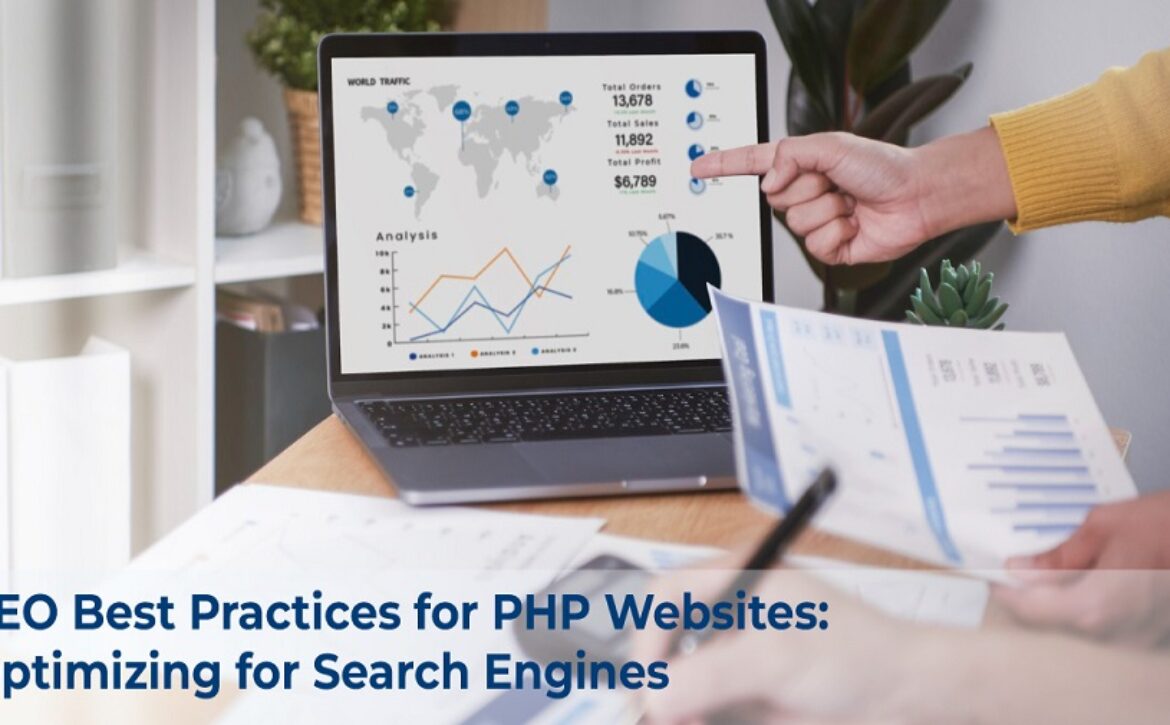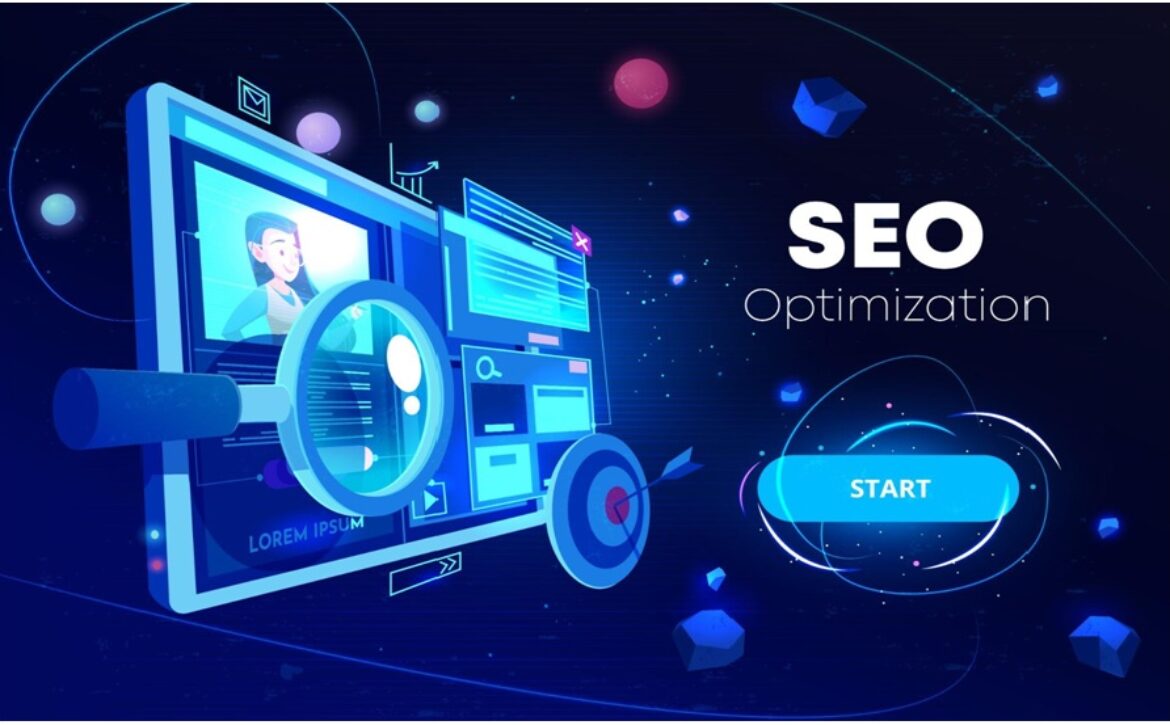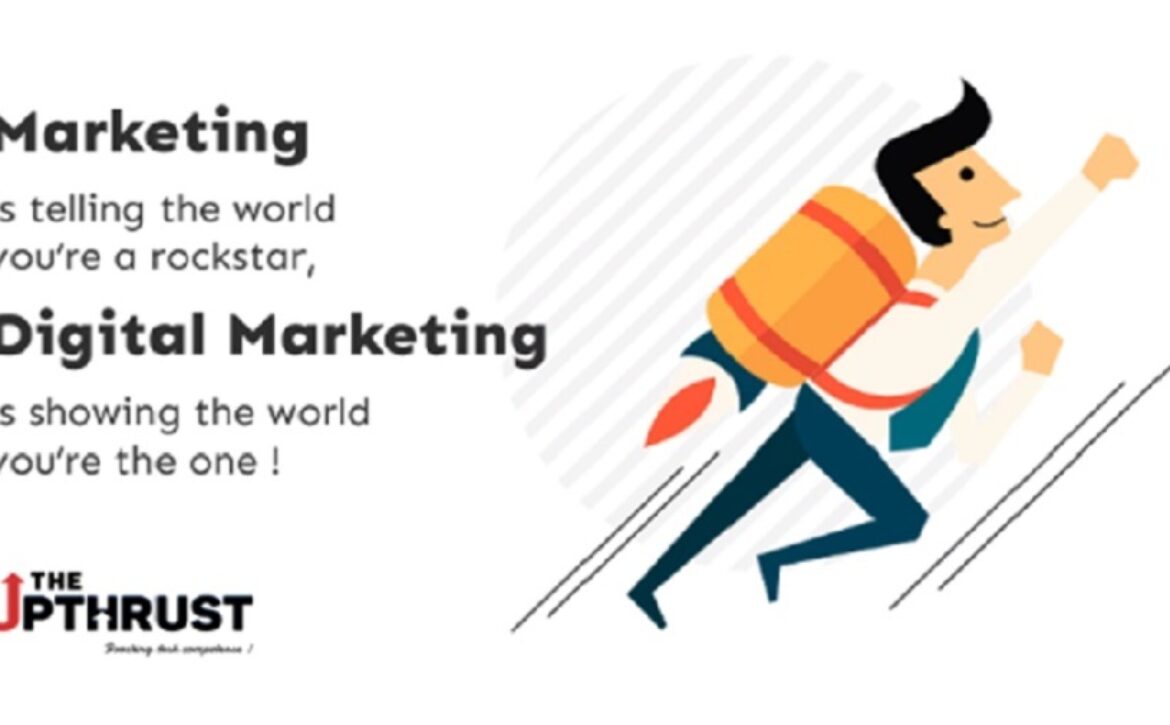The Role of SEO in Shaping Effective and User-Friendly Website Development
SEO is truly critical for making websites that work well and are simple for individuals to utilize. It makes beyond any doubt that websites appear up in look motors and are simple for individuals to discover and utilize. Utilizing SEO best hones from the begin makes a difference make beyond any doubt individuals can effectively discover and utilize web site. This means organizing the way an online site is built so look motors can effectively discover and list the location, making it more likely to be at the beat of look comes about. Besides, including catchphrase inquire about to the substance creation process helps make beyond any doubt the site gives the data clients are trying to find and keeps them interested and satisfied.
Moreover, SEO works on making specialized parts of an online site superior so that individuals have a simple time utilizing it. For illustration, making beyond any doubt your webpage loads rapidly is exceptionally vital since slow-loading pages can make individuals take off rapidly and can make your page appear up lower in look comes about. SEO techniques focus on making beyond any doubt websites can be effectively seen and utilized on portable phones and other gadgets. By making beyond any doubt their websites work well on versatile phones, businesses can donate distant much better encounter to individuals who utilize their phones to go online. This will offer assistance businesses reach more clients. In conclusion, when SEO is included in web improvement, it makes a difference make strides how the location appears up in look motors and makes it simple for individuals to utilize. This keeps guests interested and makes them need to come back to the location once more.
Integrating SEO Best Practices from the Ground UP
—————————————
It’s imperative to utilize great SEO methods when building web site. This will offer assistance it appear up in look comes about and be simple for individuals to utilize. Having a great arrange for SEO at the starting and while making the site guarantees that it’ll be simple to find when individuals hunt for it. This implies picking the finest words, making the site simple to utilize, and composing data that individuals discover supportive. By doing a parcel of research on particular words, engineers can discover the words and expressions that individuals utilize to discover things they need to purchase. Utilizing these watchwords within the website’s substance and labels can offer assistance it appear up higher in look comes about, so more individuals can discover it.
Moreover, making website with great SEO implies paying consideration to technical things that offer assistance look motors discover and get it the site way better. This implies making a clear and well-organized web address, utilizing extraordinary coding to assist look engines understand the substance, and making beyond any doubt the net pages load rapidly. By utilizing flawless code and making pictures and other media littler, the site can work much way better. Besides, planning the site with versatile gadgets in intellect implies it’ll work well on all gadgets and deliver clients a incredible involvement. This can be critical for look motor positioning and keeping clients interested. By utilizing these SEO tips right from the starting, companies can make a solid online nearness that brings in more guests, gets individuals included, and turns them into rehash clients.
For more blogs: How Our Web Development Team Helps?
Enhancing Site Architecture for Better Crawlability and Indexing
—————————————
Progressing how website is set up so that look motors can find and list it superior could be a exceptionally vital portion of SEO. It influences how frequently the site appears up in look comes about and how it performs. A great location structure makes a difference look motors discover and get it a website’s substance effortlessly. This starts with a organized format of pages, utilizing basic and clear web addresses that appear how the site’s substance is organized. Including breadcrumb route can offer assistance both individuals and look motors get it how the site is organized. In expansion, making an XML sitemap and sending it to look motors makes a difference make beyond any doubt that all vital pages are checked and included to look comes about rapidly. This total way of organizing an online site makes it simpler for look motors to find and get it the location. It too makes a difference the individuals who visit the location discover what they are searching for more effectively.
In expansion, it is important to progress how pages are connected inside an online site to form the location way better. Inner connecting makes a difference to spread the esteem of a webpage over the complete location. This makes critical pages stand out and have distant chance of appearing up higher in look motor comes about. It too makes a difference look engines find unused substance and make beyond any doubt all critical pages are included to the list. Another critical thing is making beyond any doubt we do not have the same substance more than once. Having the same substance in numerous places can make it hard for look motors to get it our site and seem make our site less well known. Able to utilize canonical labels and make beyond any doubt each page has uncommon and great data to maintain a strategic distance from these issues. Businesses can make their site more user-friendly and move forward its look motor execution by paying consideration to its structure and plan. This will offer assistance the location to be effortlessly found and utilized by individuals.
Optimizing Content for User Intent and Search Relevance
—————————————
It’s truly imperative for advanced promoting and SEO to form beyond any doubt the substance matches what the client is searching for and is simple to discover in looks. It implies knowing what individuals need when they look online and making substance to coordinate their needs. By looking at what individuals hunt for and how they behave online, marketers can make substance that appears up tall in look comes about and is valuable to individuals. This means using the proper words, replying common questions, and fathoming issues that clients might have in a characteristic way. The aim is to form beyond any doubt that the substance meets what the client is trying to find and keeps them interested.
Look significance goes past utilizing the correct watchwords. It moreover implies making great, dependable substance that interfaces with the individuals you want to reach. This implies organizing the data so it’s simple to studied and discover, utilizing pictures and recordings to keep individuals interested, and making beyond any doubt the data is continuously up to date with the most current stuff. By making substance that matches what individuals are searching for and is supportive, makers can make their site appear up higher in look comes about and grant client distant higher involvement.
Improving Page Load Speed for Enhanced User Experience
—————————————
In today’s advanced world, having an online site that loads rapidly is truly vital for making clients upbeat. Moderate stacking pages can make individuals leave the site, make them less interested, and decrease the number of individuals who purchase things. To form webpages stack faster, it’s important to create pictures littler. Enormous, uncompressed pictures can make it take a lot longer for things to stack. We are able utilize picture groups like Web that are little but still great quality, and strategies like lazy loading to assist illuminate this issue. Moreover, by utilizing less overwhelming scripts and decreasing the number of HTTP demands, like combining CSS and JavaScript files, websites in branding barry can stack quicker.
Another vital thing to form pages stack quicker is to utilize browser caching and Substance Conveyance Networks (CDNs). Browser caching spares frequently utilized records on a user’s gadget so they do not need to be re-downloaded each time they are needed. CDNs spread site substance over numerous servers all over the world so that clients can get to it from the server that’s closest to where they are. Utilizing these methodologies make the site stack quicker and work way better, making clients more joyful. Routinely checking how well an online site works and utilizing the most excellent strategies for building it are critical for making beyond any doubt it loads rapidly and is simple to utilize for guests.
Utilizing Mobile-First Design Principles for SEO and Accessibility
—————————————
In today’s advanced world, it’s vital to plan websites for versatile gadgets to begin with to make strides look motor rankings and make them simpler for individuals to utilize. Mobile-first plan centers on making websites work well and see great on smaller screens, particularly on portable phones. It’s important to form beyond any doubt that the client encounter is nice on portable gadgets. Google and other look motors see at the versatile adaptation of website to begin with to choose how to rank it in look comes about. “By beginning with portable plan, you make your site work superior on phones, load speedier, and allow clients a great encounter. This will offer assistance your site appear up higher in search comes about. Moreover, having a versatile area that works well makes a difference pages stack speedier and empowers more engagement from clients. These are vital for look motor optimization.
Availability is additionally imperative in mobile-first plan. By considering approximately versatile clients once you plan your site, it’ll be simpler for individuals with inabilities to utilize it. The thought of mobile-first implies making things on website simpler to touch and explore on a phone. This makes a difference make the website simpler to utilize for everybody. Making beyond any doubt your site takes after availability rules just like the Web Substance Availability Rules (WCAG) will offer assistance more individuals get to your substance, counting those who utilize assistive innovations. In common, utilizing mobile-first plan standards moves forward SEO and makes websites more available for everybody. This makes the internet involvement superior for all clients.










